Celsius Holdings is a company that I currently do not own in my portfolio, but I’m looking to buy when the time is right. Over the past year, the stock has been hit hard, dropping by 60-65%, making investors wonder whether it’s time to start accumulating shares.
Now, let’s jump straight into my nine pillars analysis. The outlook doesn’t seem too great at first glance—most pillars are in the red, and the company scores just two out of eight on my rating scale. But let’s break this down.
Valuation Metrics: Moving in the Right Direction
Looking at the five-year P/E ratio and five-year price to free cash flow, both metrics are sitting in the red. The five-year P/E ratio stands at 318, meaning that over the past five years, investors paid an average of $318 for a single dollar of Celsius’ earnings.
If I zoom into pillar one, which focuses on the current P/E ratio, you’ll see it now sits at 30.50—much lower than its historical levels. Although slightly above the ideal range, this signals a positive shift toward a healthier valuation.
Similarly, the price to free cash flow ratio has dropped to 42.23, far lower than its past five-year average. This trend suggests the company may soon, or even currently, be considered a buy.
Explosive Revenue Growth
I always emphasize that a company’s stock price movement depends primarily on its financial growth. Celsius has demonstrated exceptional revenue expansion over the past five years, and that’s worth examining.
If we zoom into pillar three, which tracks revenue, we see an astonishing 1,000% growth from 2020 to 2024—phenomenal by any measure. While revenue growth slowed between 2023 and 2024, I expect it to pick up steam again in the years ahead.
Moving to pillar four, which analyzes net income, we see another impressive trajectory. Net income grew from $8 million in 2020 to about $214 million in 2024. Similarly, free cash flow expanded from $2.8 million to $170 million over the same period.
Calculating Intrinsic Value
The intrinsic value of any company is tied directly to its financial growth. Using the discounted cash flow (DCF) model, I’ve plugged in Celsius’ free cash flow for the past five years to estimate its future trajectory.
Here are the estimated future growth rates:
- High growth: 18%
- Medium growth: 12%
- Low growth: 11%
Averaging these out, we get a projected growth rate of 13.7%. Using a discount rate of 7.53%, I calculate the present value of its future free cash flows. After adding cash equivalents and subtracting total debt (which is minimal), the final intrinsic value lands at $352 per share—a staggering 70% higher than its current trading price.
Financial Stability & Debt Levels
You may have heard me mention Celsius’ low debt levels, so let’s take a closer look.
If I zoom into pillar nine, which covers long-term liabilities, we see an impressive ratio of just 0.05 compared to its five-year free cash flow. This means the company could theoretically pay off all its long-term liabilities in just six months using its current free cash flow.
With $6 million in long-term liabilities and $170 million in annual free cash flow, Celsius is in an exceptionally strong financial position. Free cash flow is the key metric for paying off debt, which reassures me that bankruptcy is highly unlikely—even if economic conditions worsen.
Profitability & Return on Invested Capital
Next, let’s check pillar six, which covers the company’s five-year profit margin. The average profit margin sits in the red at 0.72%, but zooming in reveals significant improvements.
Since 2020, Celsius’ profit margin increased from 6.52% to 12.43% in 2024—a massive leap.
Similarly, return on invested capital (ROIC) climbed from 5.54% to 12.71%, reinforcing the company’s ability to deploy capital efficiently and generate returns.
If this trend continues, Celsius’ net income will grow at a faster pace than revenue, which is exactly what investors want to see.
Shares Outstanding: A Minor Concern
I typically prefer companies that reduce their shares outstanding, as it increases the value of remaining shares. However, Celsius has been issuing new shares at a rate of 1.26% annually.
I don’t mind this too much since Celsius is a relatively young company, and issuing shares is an effective way for them to raise free cash flow for innovation, advertising, and expansion.
Final Intrinsic Valuation
Now that we’ve reviewed the nine pillars, let’s calculate the intrinsic value using multiple valuation models.
Graham’s Formula Valuation:
- Using projected EPS growth rates (high: 20%, medium: 16%, low: 13%) and analyst estimates, we get an intrinsic value of $20.24, which is 8% lower than the current stock price.
Multiples Valuation:
- Comparing Celsius with competitors like Monster Beverage, Coca-Cola, and Vita Coco, I derive an intrinsic value of $22.39.
Ultimate Valuation:
- Taking an average of all models, the final intrinsic value is $25.88—17.86% higher than its current stock price.
- Applying a 15% margin of safety, my acceptable buy price sits at $22, right in line with the current market price.
Similar Stocks to CELH
| Company Name |
Symbol |
Why It's Better Than CELH |
| Monster Beverage |
MNST |
Monster has a more established global presence and stronger brand recognition, leading to consistent revenue growth. |
| Coca-Cola Europacific Partners |
CCEP |
CCEP benefits from Coca-Cola’s distribution network and diversified product portfolio, ensuring stability and market dominance. |
| National Beverage Corp. |
FIZZ |
National Beverage has a strong foothold in the sparkling water segment, which continues to grow in popularity. |
| Zevia PBC |
ZVIA |
Zevia offers a unique zero-calorie, naturally sweetened beverage lineup, appealing to health-conscious consumers. |
| Primo Brands Corporation |
PRMB |
Primo Brands has a diversified product range beyond energy drinks, reducing reliance on a single category for growth. |
https://youtu.be/Vc0v7r9EOUQ?si=obFZHBccStSU-2Uk


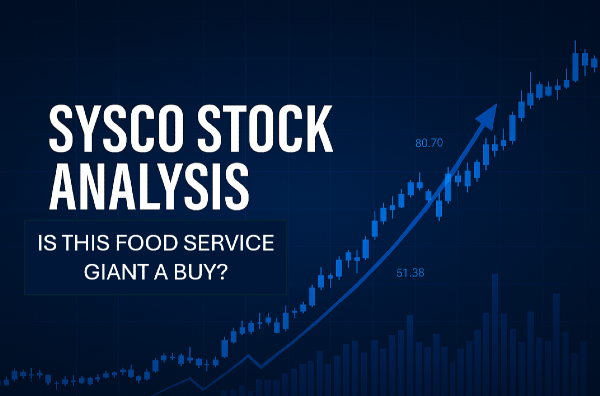
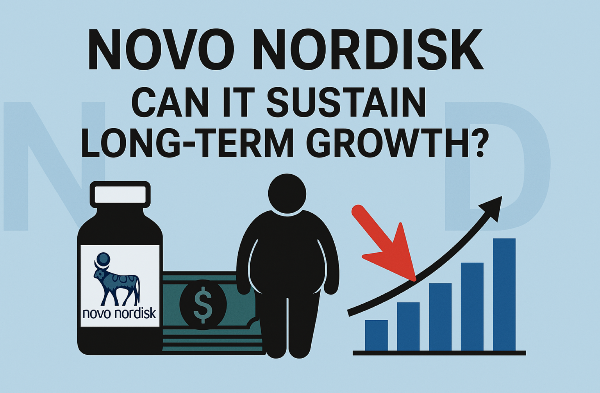

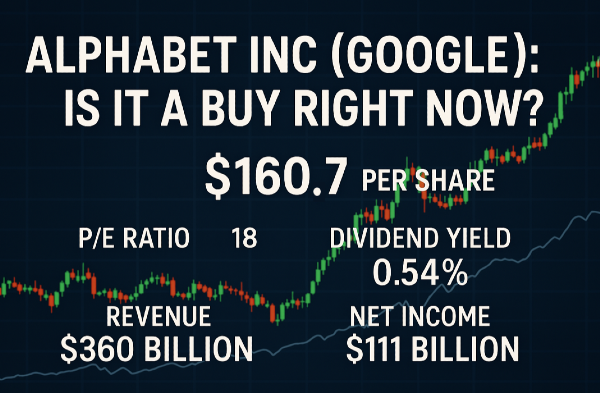



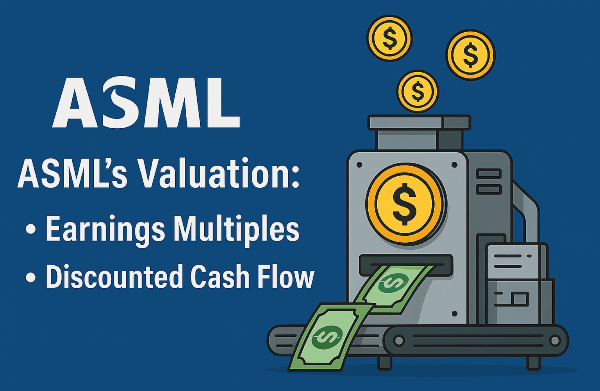

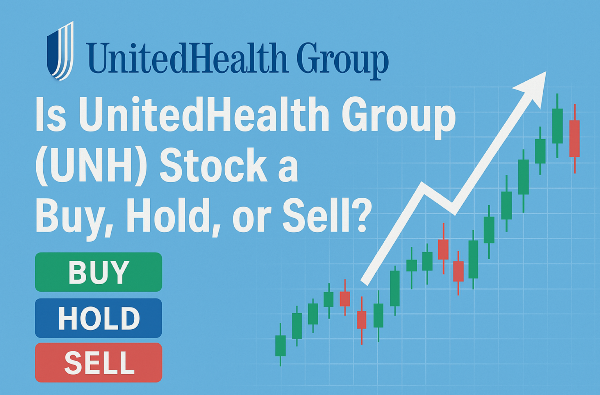
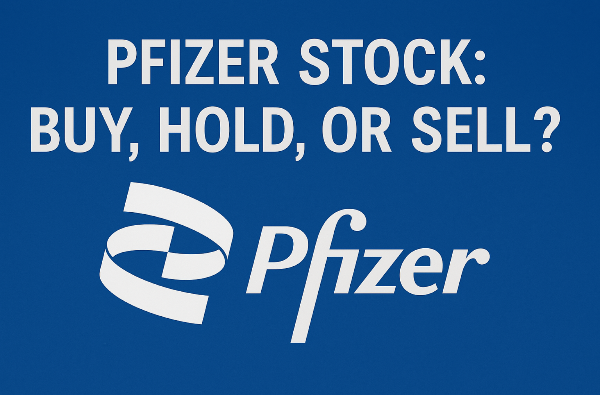

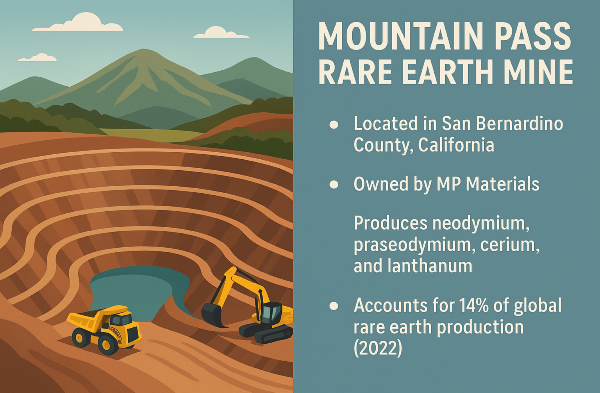
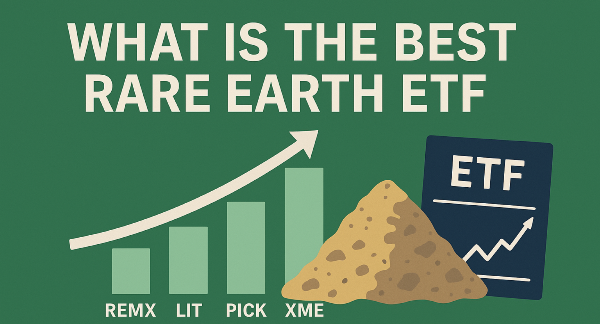












Celsius Holdings is a company that I currently do not own in my portfolio, but I’m looking to buy when the time is right. Over the past year, the stock has been hit hard, dropping by 60-65%, making investors wonder whether it’s time to start accumulating shares.
Now, let’s jump straight into my nine pillars analysis. The outlook doesn’t seem too great at first glance—most pillars are in the red, and the company scores just two out of eight on my rating scale. But let’s break this down.
Valuation Metrics: Moving in the Right Direction
Looking at the five-year P/E ratio and five-year price to free cash flow, both metrics are sitting in the red. The five-year P/E ratio stands at 318, meaning that over the past five years, investors paid an average of $318 for a single dollar of Celsius’ earnings.
If I zoom into pillar one, which focuses on the current P/E ratio, you’ll see it now sits at 30.50—much lower than its historical levels. Although slightly above the ideal range, this signals a positive shift toward a healthier valuation.
Similarly, the price to free cash flow ratio has dropped to 42.23, far lower than its past five-year average. This trend suggests the company may soon, or even currently, be considered a buy.
Explosive Revenue Growth
I always emphasize that a company’s stock price movement depends primarily on its financial growth. Celsius has demonstrated exceptional revenue expansion over the past five years, and that’s worth examining.
If we zoom into pillar three, which tracks revenue, we see an astonishing 1,000% growth from 2020 to 2024—phenomenal by any measure. While revenue growth slowed between 2023 and 2024, I expect it to pick up steam again in the years ahead.
Moving to pillar four, which analyzes net income, we see another impressive trajectory. Net income grew from $8 million in 2020 to about $214 million in 2024. Similarly, free cash flow expanded from $2.8 million to $170 million over the same period.
Calculating Intrinsic Value
The intrinsic value of any company is tied directly to its financial growth. Using the discounted cash flow (DCF) model, I’ve plugged in Celsius’ free cash flow for the past five years to estimate its future trajectory.
Here are the estimated future growth rates:
Averaging these out, we get a projected growth rate of 13.7%. Using a discount rate of 7.53%, I calculate the present value of its future free cash flows. After adding cash equivalents and subtracting total debt (which is minimal), the final intrinsic value lands at $352 per share—a staggering 70% higher than its current trading price.
Financial Stability & Debt Levels
You may have heard me mention Celsius’ low debt levels, so let’s take a closer look.
If I zoom into pillar nine, which covers long-term liabilities, we see an impressive ratio of just 0.05 compared to its five-year free cash flow. This means the company could theoretically pay off all its long-term liabilities in just six months using its current free cash flow.
With $6 million in long-term liabilities and $170 million in annual free cash flow, Celsius is in an exceptionally strong financial position. Free cash flow is the key metric for paying off debt, which reassures me that bankruptcy is highly unlikely—even if economic conditions worsen.
Profitability & Return on Invested Capital
Next, let’s check pillar six, which covers the company’s five-year profit margin. The average profit margin sits in the red at 0.72%, but zooming in reveals significant improvements.
Since 2020, Celsius’ profit margin increased from 6.52% to 12.43% in 2024—a massive leap.
Similarly, return on invested capital (ROIC) climbed from 5.54% to 12.71%, reinforcing the company’s ability to deploy capital efficiently and generate returns.
If this trend continues, Celsius’ net income will grow at a faster pace than revenue, which is exactly what investors want to see.
Shares Outstanding: A Minor Concern
I typically prefer companies that reduce their shares outstanding, as it increases the value of remaining shares. However, Celsius has been issuing new shares at a rate of 1.26% annually.
I don’t mind this too much since Celsius is a relatively young company, and issuing shares is an effective way for them to raise free cash flow for innovation, advertising, and expansion.
Final Intrinsic Valuation
Now that we’ve reviewed the nine pillars, let’s calculate the intrinsic value using multiple valuation models.
Graham’s Formula Valuation:
Multiples Valuation:
Ultimate Valuation:
Similar Stocks to CELH
https://youtu.be/Vc0v7r9EOUQ?si=obFZHBccStSU-2Uk